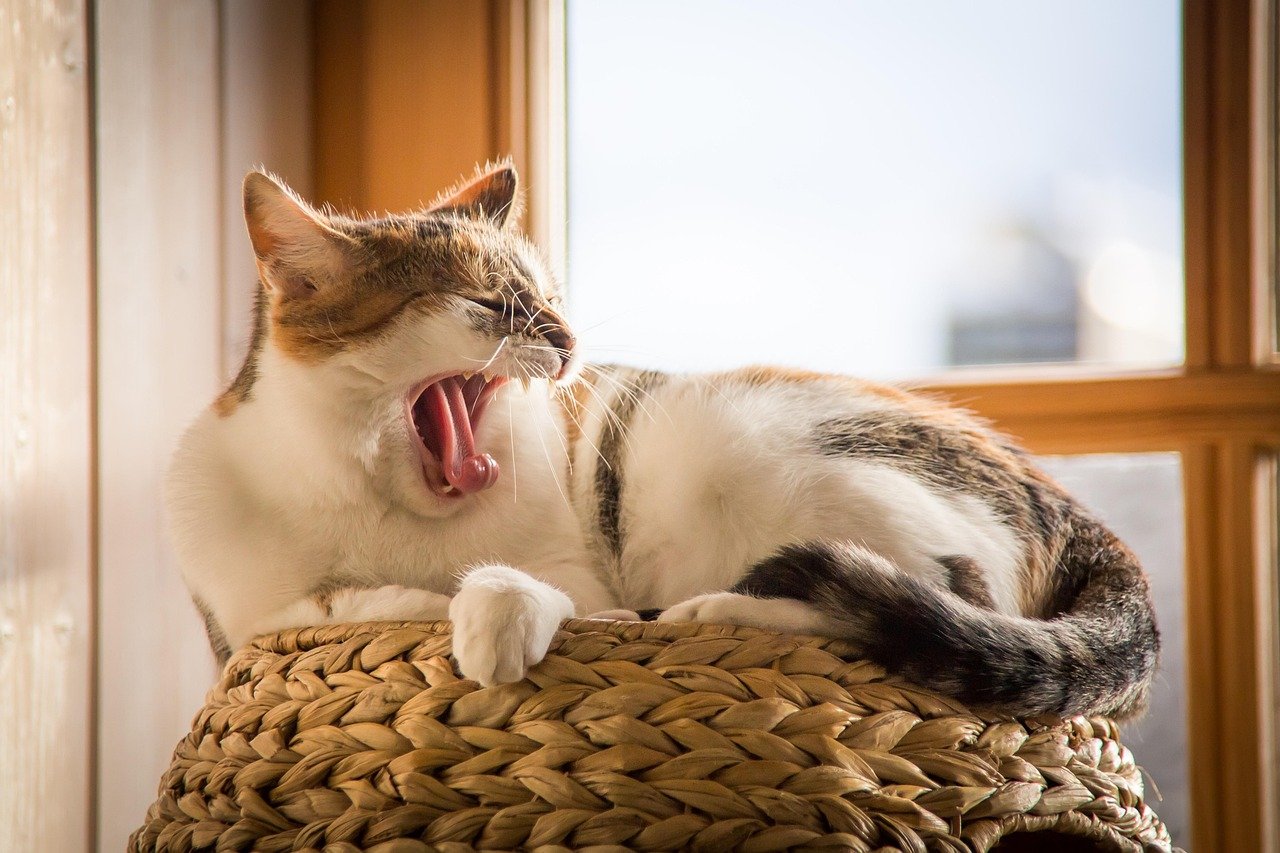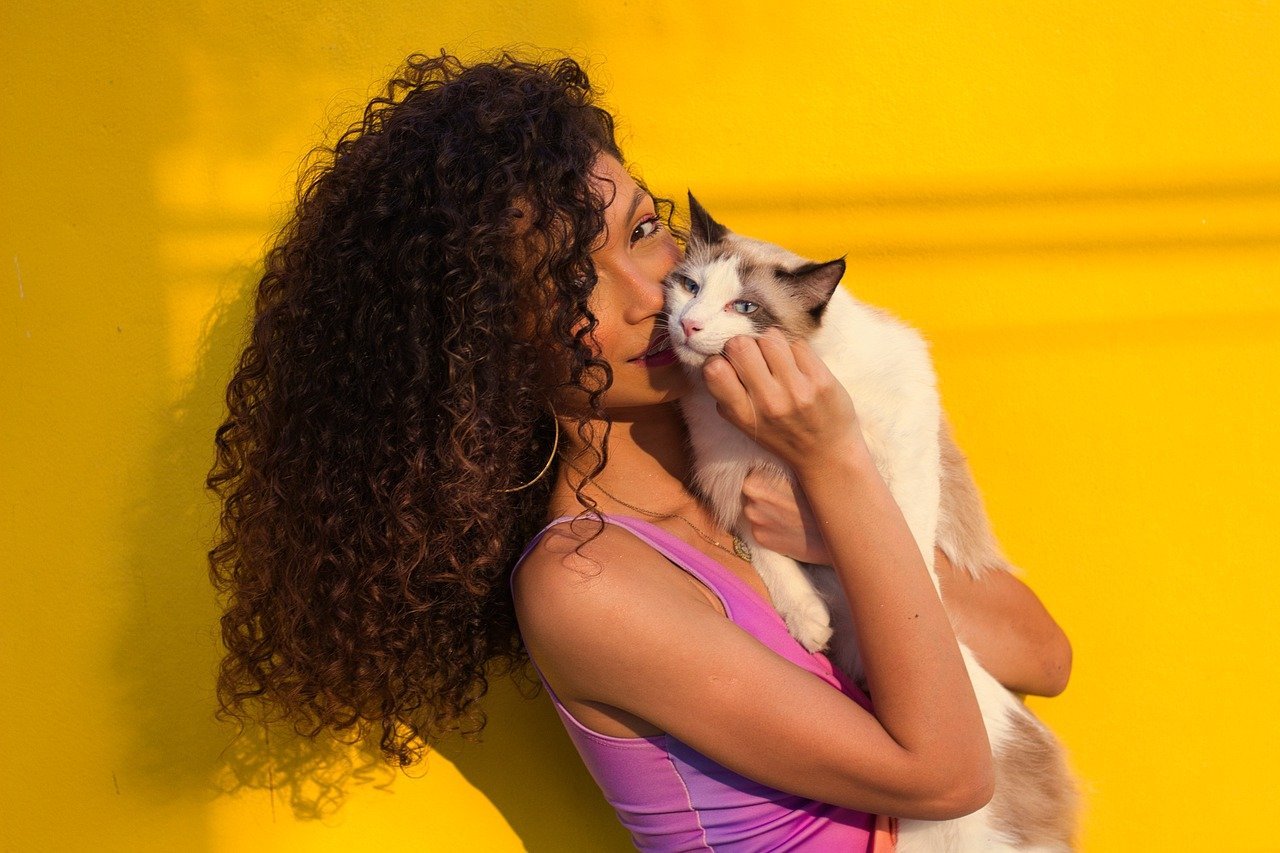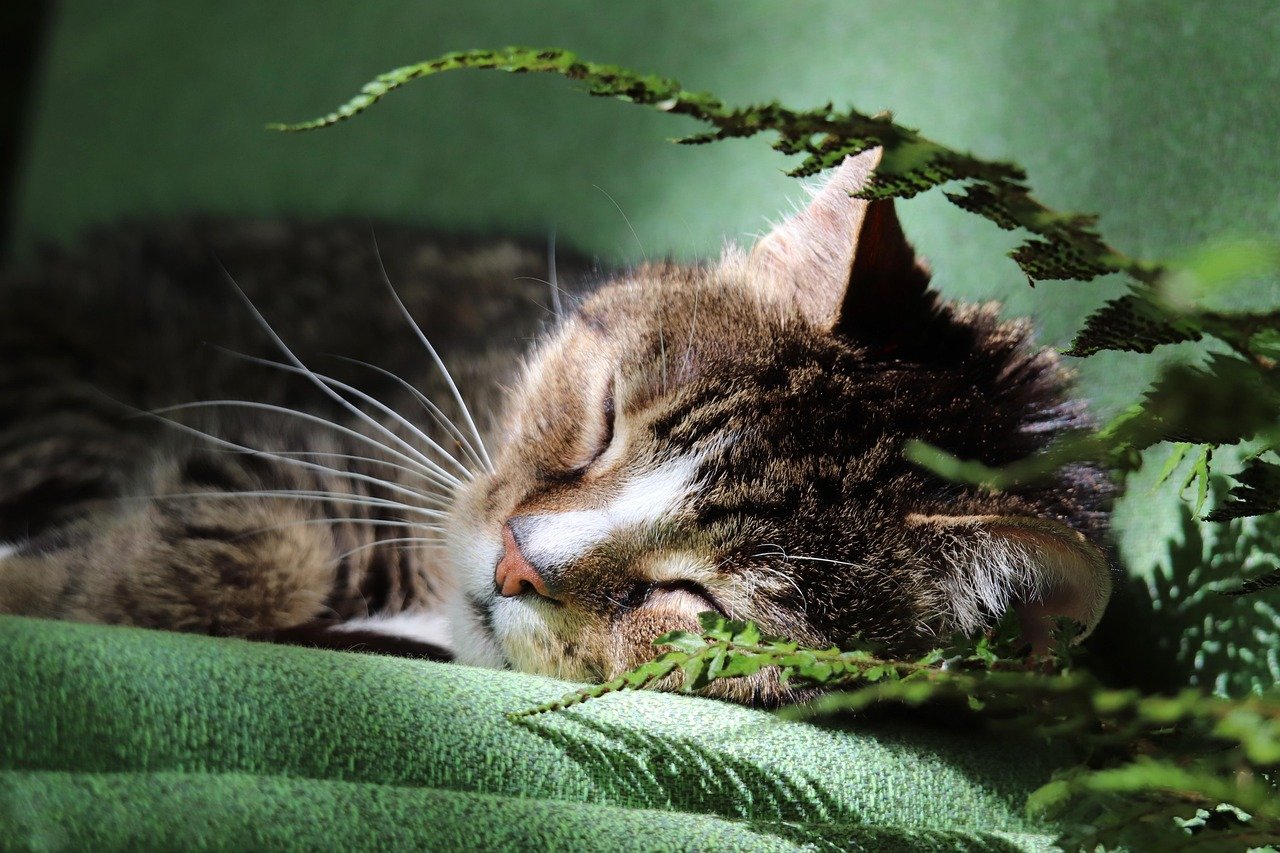Cats have a mysterious way of communicating with their humans, often leaving their owners puzzled about whether their feline friend is seeking attention or showing affection. While both behaviors are essential aspects of a cat’s interaction, distinguishing between the two can provide deeper insights into their needs and emotions. Understanding these behaviors can enhance the bond between you and your pet, making life with your furry companion more harmonious.
Understanding Cat Behavior
Cats, much like humans, have unique personalities that influence their behavior. Some cats may be more aloof, while others are incredibly social. Recognizing that your cat’s actions are a blend of instinct and learned behavior can help you interpret their signals. For example, a cat that follows you from room to room might be seeking attention. On the other hand, a cat that curls up on your lap and purrs is likely showing affection. Understanding these nuances is the first step to deciphering your cat’s needs.
Purring: A Multifaceted Sound
Purring is often associated with a cat’s contentment, but it can have multiple meanings. While a cat purring in your lap is likely expressing affection, purring can also be a self-soothing mechanism when a cat is stressed or in pain. Paying attention to the context in which your cat purrs can help you determine if it’s a sign of affection or a call for help. Listening to the rhythm and pitch of the purr, along with observing their body language, can offer clues to their emotional state.
Vocalizations: Meows, Chirps, and More
Cats are known for their diverse vocalizations, each with its own meaning. A persistent meow might indicate that your cat wants attention, especially if they follow it with direct eye contact or pawing. Conversely, a gentle chirp or trill is more often a sign of affection, used as a greeting or when they are content. Some cats even develop a special meow just for their owners, highlighting their desire for a specific interaction. Learning to differentiate these sounds can strengthen the communication between you and your cat.
Body Language: The Tail Tells a Tale

A cat’s tail is a significant indicator of their mood and intentions. A tail held high with a slight curve at the tip often signifies a happy and affectionate cat. In contrast, a rapidly flicking or swishing tail may indicate irritation or a demand for attention. Observing other body language cues, such as ear position and eye contact, can provide additional context. A cat that nuzzles against you or kneads with their paws is typically displaying affection, while a cat that persistently nudges or taps you might be seeking attention.
Playtime: Bonding or Boredom?
Play is an essential part of a cat’s life, serving both as an outlet for energy and a means of bonding. A cat that brings you their favorite toy or initiates play by pouncing might be seeking interaction and attention. However, play can also be a sign of affection, as sharing this activity strengthens your relationship. Understanding your cat’s play habits and preferences can help you distinguish between a call for attention and a gesture of love.
Rubbing and Head Butts: Marks of Affection

When a cat rubs against you or gives you a gentle head butt, they are often marking you with their scent. This behavior is a sign of affection and trust, as cats have scent glands on their heads and bodies. By sharing their scent, they are claiming you as part of their territory and expressing their bond with you. While this behavior is affectionate, it can also be a way for a cat to seek attention, especially if they follow it with purring or vocalizations.
Feeding Time: More Than Just Hunger
Cats are creatures of habit, and mealtime is a significant part of their routine. A cat that meows insistently around feeding time is usually seeking attention related to food. However, some cats will also show affection by rubbing against you or purring as you prepare their meal, expressing gratitude and trust. Observing how your cat behaves before, during, and after feeding can help you understand whether they are focused on food or displaying affection.
Sleeping Positions: Trust and Comfort

Cats are vulnerable when they sleep, so their choice of sleeping position can indicate their feelings towards you. A cat that sleeps stretched out or on their back near you is showing trust and affection, as these positions expose their sensitive areas. Conversely, a cat that insists on sleeping on your lap or chest might be seeking comfort and attention. Recognizing these subtle differences can deepen your understanding of your cat’s emotional needs.
Understanding the difference between attention-seeking and affection in cats is crucial for nurturing a strong bond with your feline friend. By paying close attention to their behaviors and learning to read their signals, you can respond appropriately to their needs, ensuring a happy and healthy relationship.

Linnea is a born and bred Swede but spends as much time as possible in Cape Town, South Africa. This is mainly due to Cape Town’s extraordinary scenery, wildlife, and atmosphere (in other words, because Cape Town is heaven on earth.) That being said, Sweden’s majestic forests forever hold a special place in her heart. Linnea spends as much time as she can close to the ocean collecting sea shells or in the park admiring puppies.






